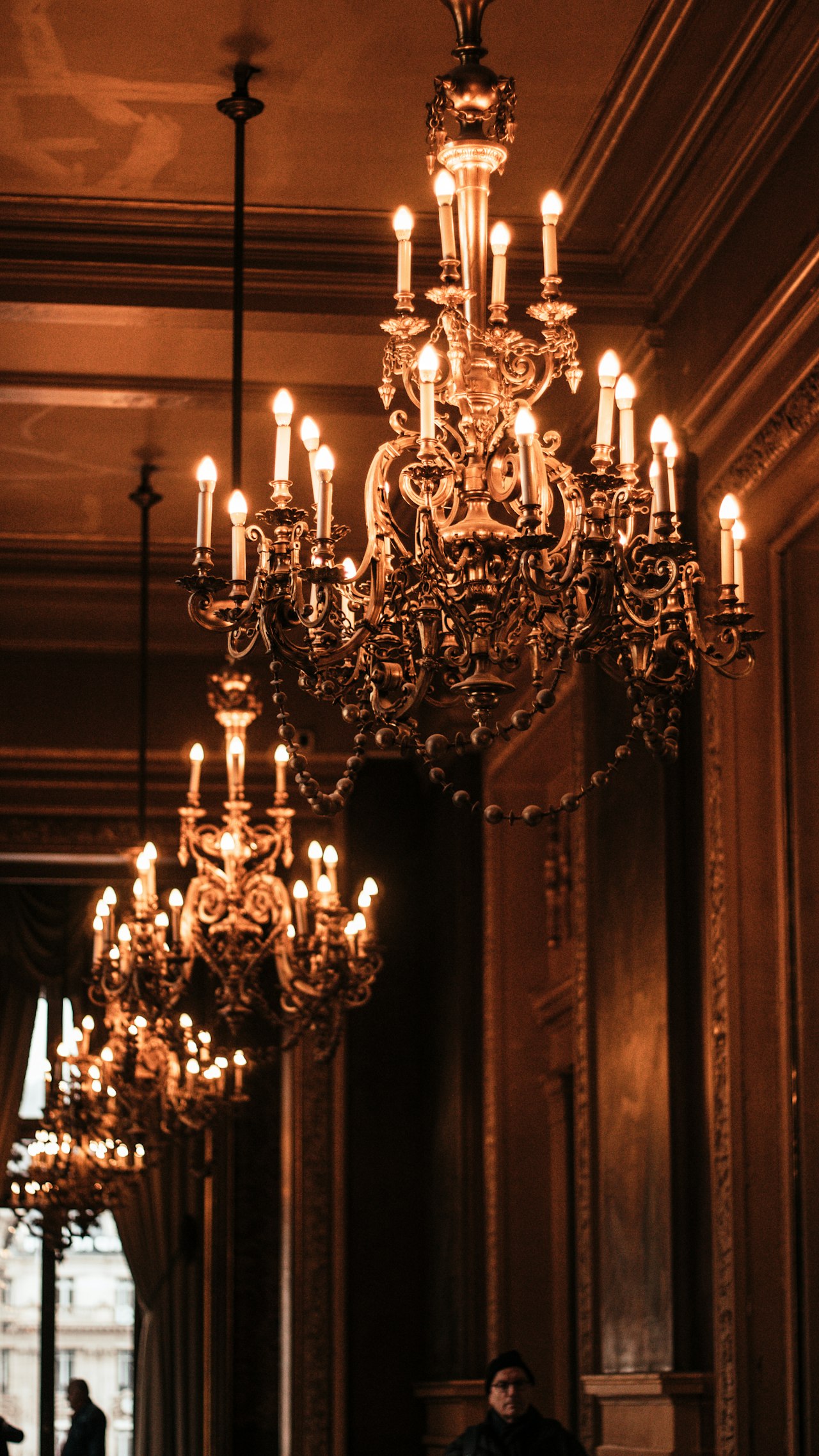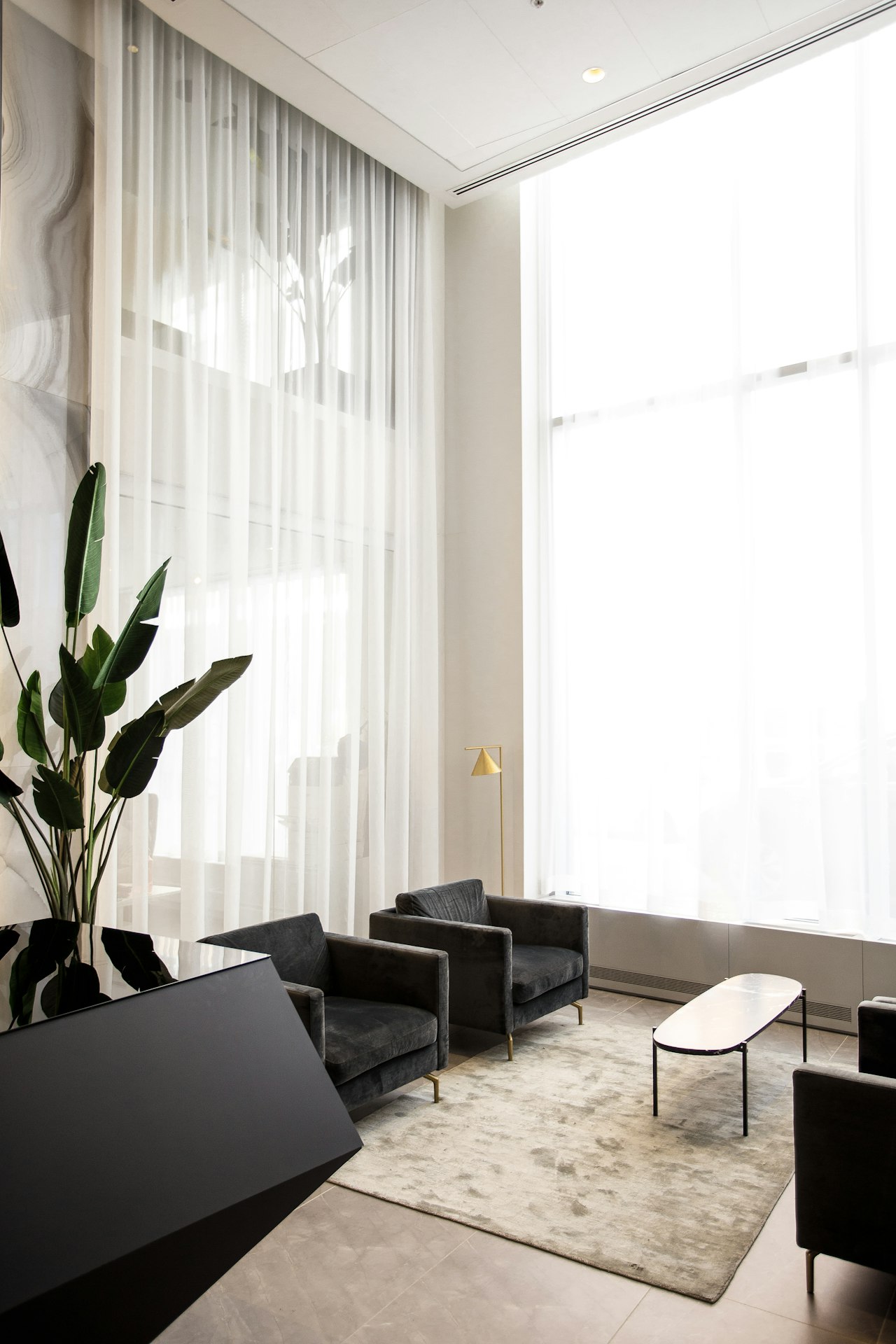Upper East Side
This peacefully refined Upper Manhattan enclave is one of the city's most sought-after locales.

This peacefully refined Upper Manhattan enclave is one of the city's most sought-after locales.

205,232 people live in Upper East Side, where the median age is 44 and the average individual income is $146,602. Data provided by the U.S. Census Bureau.
Total Population
Median Age
Population Density Population Density This is the number of people per square mile in a neighborhood.
Average individual Income
A true model of metropolitan class for aspiring sophisticates
There's plenty to do around Upper East Side, including shopping, dining, nightlife, parks, and more. Data provided by Walk Score and Yelp.
Explore popular things to do in the area, including Miss Grimble Assocs, Emilio Pucci Boutique, and Body Coach Personal Training.
| Name | Category | Distance | Reviews |
Ratings by
Yelp
|
|---|---|---|---|---|
| Dining | 3.1 miles | 5 reviews | 5/5 stars | |
| Shopping | 0.53 miles | 5 reviews | 5/5 stars | |
| Active | 3.11 miles | 7 reviews | 5/5 stars | |
| Active | 2.65 miles | 19 reviews | 5/5 stars | |
| Active | 3.68 miles | 7 reviews | 5/5 stars | |
| Active | 1.29 miles | 5 reviews | 5/5 stars | |
| Beauty | 3.08 miles | 5 reviews | 5/5 stars | |
| Beauty | 4.19 miles | 11 reviews | 5/5 stars | |
| Beauty | 0.98 miles | 6 reviews | 5/5 stars | |
| Beauty | 3.06 miles | 8 reviews | 5/5 stars | |
| Beauty | 2.81 miles | 6 reviews | 5/5 stars | |
| Beauty | 2.28 miles | 8 reviews | 5/5 stars | |
| Beauty | 0.98 miles | 9 reviews | 5/5 stars | |
| Beauty | 4.49 miles | 5 reviews | 5/5 stars | |
| Beauty | 4.66 miles | 5 reviews | 5/5 stars | |
| Beauty | 2.87 miles | 7 reviews | 5/5 stars | |
|
|
||||
|
|
||||
|
|
||||
|
|
||||
|
|
||||
|
|
Upper East Side has 108,027 households, with an average household size of 2. Data provided by the U.S. Census Bureau. Here’s what the people living in Upper East Side do for work — and how long it takes them to get there. Data provided by the U.S. Census Bureau. 205,232 people call Upper East Side home. The population density is 142,265.775 and the largest age group is Data provided by the U.S. Census Bureau.
Total Population
Population Density Population Density This is the number of people per square mile in a neighborhood.
Median Age
Men vs Women
Population by Age Group
0-9 Years
10-17 Years
18-24 Years
25-64 Years
65-74 Years
75+ Years
Education Level
Total Households
Average Household Size
Average individual Income
Households with Children
With Children:
Without Children:
Marital Status
Blue vs White Collar Workers
Blue Collar:
White Collar:

Pulse
Carol Staab | September 3, 2025

Pulse
Carol Staab | September 15, 2025

Pulse
Carol Staab | September 25, 2025

Carol Staab | October 4, 2024
Planning your timeline effectively.

Carol Staab | April 17, 2024
Read on to learn more about creating a compelling space in preparation to sell.

Carol Staab | October 4, 2024
The strategic tips for your success.

Carol Staab | April 17, 2024
Plan for your retirement with sound real estate and financial choices today.

Carol Staab | October 4, 2024
A Culinary Journey Through Manhattan's Finest Dining Establishments.

Carol Staab | October 4, 2024
Discover the excitement.

Carol Staab | April 16, 2024
Where you should go when you feel the need for retail therapy.

Carol Staab | May 5, 2025
Scouring Manhattan’s cafes, from corner shops to well-known chains.

Carol Staab | May 5, 2025
Accomplish your fitness goals efficiently at a Manhattan gym near you.

Carol Staab | May 5, 2025
Delve into nine of Manhattan’s world-class residential areas.

Carol Staab | October 30, 2024
Experience the melting pot of structural design in Manhattan.

Pulse
Carol Staab | September 9, 2025

Pulse
Carol Staab | August 27, 2025

Pulse
Carol Staab | July 29, 2025

Pulse
Carol Staab | August 2, 2025

Pulse
Carol Staab | August 17, 2025

Pulse
Carol Staab | August 10, 2025

Pulse
Carol Staab | July 7, 2025

Pulse
Carol Staab | June 16, 2025

Pulse
Carol Staab | June 18, 2025

Pulse
Carol Staab | June 10, 2025

Pulse
Carol Staab | June 3, 2025

Pulse
Carol Staab | May 14, 2025

Pulse
Carol Staab | May 28, 2025

Pulse
Carol Staab | May 8, 2025

Carol Staab | May 5, 2025
Manhattan’s real estate market offers high potential, but smart investing requires solid strategy, research, and the right connections.

Carol Staab | May 5, 2025
Transform your Manhattan home into a space that blends style and function effortlessly.

Carol Staab | May 5, 2025
Your next chapter awaits.

Carol Staab | May 5, 2025
2025 is your chance to reimagine luxury living in Manhattan. What will your dream space look like?

Carol Staab | May 5, 2025
Your dream Manhattan home awaits.

Carol Staab | May 5, 2025
Winter in Manhattan is just the beginning of your adventure — get ready to embrace the magic.

Carol Staab | May 5, 2025
Breathe easier and live better in your Manhattan home by making air quality a top priority.

Pulse
Carol Staab | April 2, 2025

Pulse
Carol Staab | February 18, 2025

Pulse
Carol Staab | December 30, 2024

Pulse
Carol Staab | December 23, 2024

Pulse
Carol Staab | December 18, 2024

Pulse
Carol Staab | December 10, 2024

Pulse
Carol Staab | December 3, 2024

Pulse
Carol Staab | November 26, 2024

Pulse
Carol Staab | November 20, 2024

Pulse
Carol Staab | November 12, 2024

Pulse
Carol Staab | November 5, 2024

Carol Staab | October 30, 2024
Elevate your Manhattan condo with thoughtful upgrades that blend style, function, and urban sophistication.

Carol Staab | October 30, 2024
Achieve homeownership in the West Village with confidence.

Carol Staab | October 30, 2024
Elevate your living experience with a high-rise condo in Manhattan.

Carol Staab | October 30, 2024
Helping you achieve success.

Carol Staab | October 30, 2024
A comprehensive guide to finding the right fit.

Carol Staab | October 30, 2024
Making Moves Manageable: Smart Strategies for a Smoother Transition.

Carol Staab | October 30, 2024
Make Manhattan your next adventure.

Pulse
Carol Staab | October 29, 2024

Pulse
Carol Staab | October 22, 2024

Pulse
Carol Staab | October 18, 2024

Pulse
Carol Staab | October 8, 2024

Carol Staab | October 4, 2024
Navigating this important step.

Carol Staab | October 4, 2024
Crafting your dream space with a professional.

Pulse
Carol Staab | October 2, 2024

Pulse
Carol Staab | September 24, 2024

Pulse
Carol Staab | September 17, 2024

Pulse
Carol Staab | September 11, 2024

Pulse
Carol Staab | September 2, 2024

Pulse
Carol Staab | August 27, 2024

Pulse
Carol Staab | August 20, 2024

Pulse
Carol Staab | August 13, 2024

Pulse
Carol Staab | August 6, 2024

Pulse
Carol Staab | August 1, 2024

Pulse
Carol Staab | July 16, 2024

Pulse
Carol Staab | July 8, 2024

Pulse
Carol Staab | July 3, 2024

Pulse
Carol Staab | June 26, 2024

Pulse
Carol Staab | June 18, 2024

Pulse
Carol Staab | June 11, 2024

Pulse
Carol Staab | June 4, 2024

Pulse
Carol Staab | May 30, 2024

Pulse
Carol Staab | May 21, 2024

Pulse
Carol Staab | May 14, 2024

Pulse
Carol Staab | May 7, 2024

Pulse
Carol Staab | May 3, 2024

Pulse
Carol Staab | April 29, 2024

Pulse
Carol Staab | April 22, 2024

Carol Staab | April 17, 2024
‘80s throwback design and natural materials are just two exciting trends to try out in your New York City home.

Carol Staab | April 16, 2024
Prepare like a professional to determine your home’s true value.

Carol Staab | April 16, 2024
Carol helps her clients receive the best price for their luxury properties. Learn how!

Pulse
Carol Staab | April 15, 2024

Pulse
Carol Staab | April 8, 2024

Pulse
Carol Staab | April 1, 2024

Pulse
Carol Staab | March 25, 2024

Pulse
Carol Staab | March 20, 2024

Pulse
Carol Staab | March 11, 2024

Pulse
Carol Staab | March 8, 2024
Pulse
Carol Staab | February 26, 2024

Pulse
Carol Staab | February 20, 2024

Pulse
Carol Staab | February 12, 2024

Pulse
Carol Staab | February 9, 2024

Pulse
Carol Staab | January 30, 2024

Pulse
Carol Staab | January 22, 2024

Pulse
Carol Staab | January 15, 2024
Carol Staab has an innovative luxury real estate practice that provides an elite level of concierge service through unparalleled world-class marketing and a hands-on business approach. Her mission is to give her clients an exceptional experience while helping them achieve the best results possible.